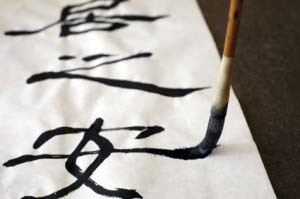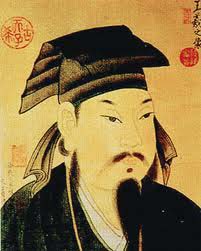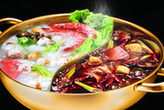
In China, there are more than 3,000 dialects of Chinese being spoken; however, Chinese writing symbols are all the same across the regions. So people from different provinces in China speak different dialects, but use the same written language.
Chinese writing characters go back more than 3,000 years. The symbols began as pictures. Pictures were drawn to resemble the items they represented.
A standard set of characters to be used throughout the Middle Kingdom emerged in 221 B.C. when China was unified for the first time, and the first Emperor Qin, issued that the same symbols should be used by all.
In ancient China, students had to memorize many pictures or characters each week and used brushes and ink to paint the "words".
It's just necessary and enough for western people to remember 26 words to read and write, however, can you imagine how hard it is that Chinese people have to memory hundreds even thousands of pictures since they started with learning at school?
Chinese character writing is done in columns, from top to bottom and from right to left. So you start writing in the upper right-hand corner of the page.
The most famous Chinese calligrapher traditionally referred to Wang Xizhi, who was regarded as the Sage of Calligraphy in history, especially during and after the Tang Dynasty, and a master of all forms of Chinese calligraphy, especially the running script.

The Emperor Taizong admired his works so much that the original Preface to the Poems Composed at the Orchid Pavilion was said to be buried with the emperor in his mausoleum.
His most famous work is the Preface to the Poems Composed at the Orchid Pavilion, the introduction to a collection of poems written by a number of poets during a gathering at Lanting near the town of Shaoxing for the Spring Purification Festival. The original is lost, but the work is survived in a number of finely traced copies in existence, with the earliest and most well regarded copy being the one made between c. 627-650 by Feng Chengsu, and it is located in the Palace Museum in Beijing.
In addition to the esteem in which he is held in China, he has been and remains influential in Japanese calligraphy.
Editor:JinXin




Why not rent a boyfriend, or girlfriend to please parents during the Spring Festival?